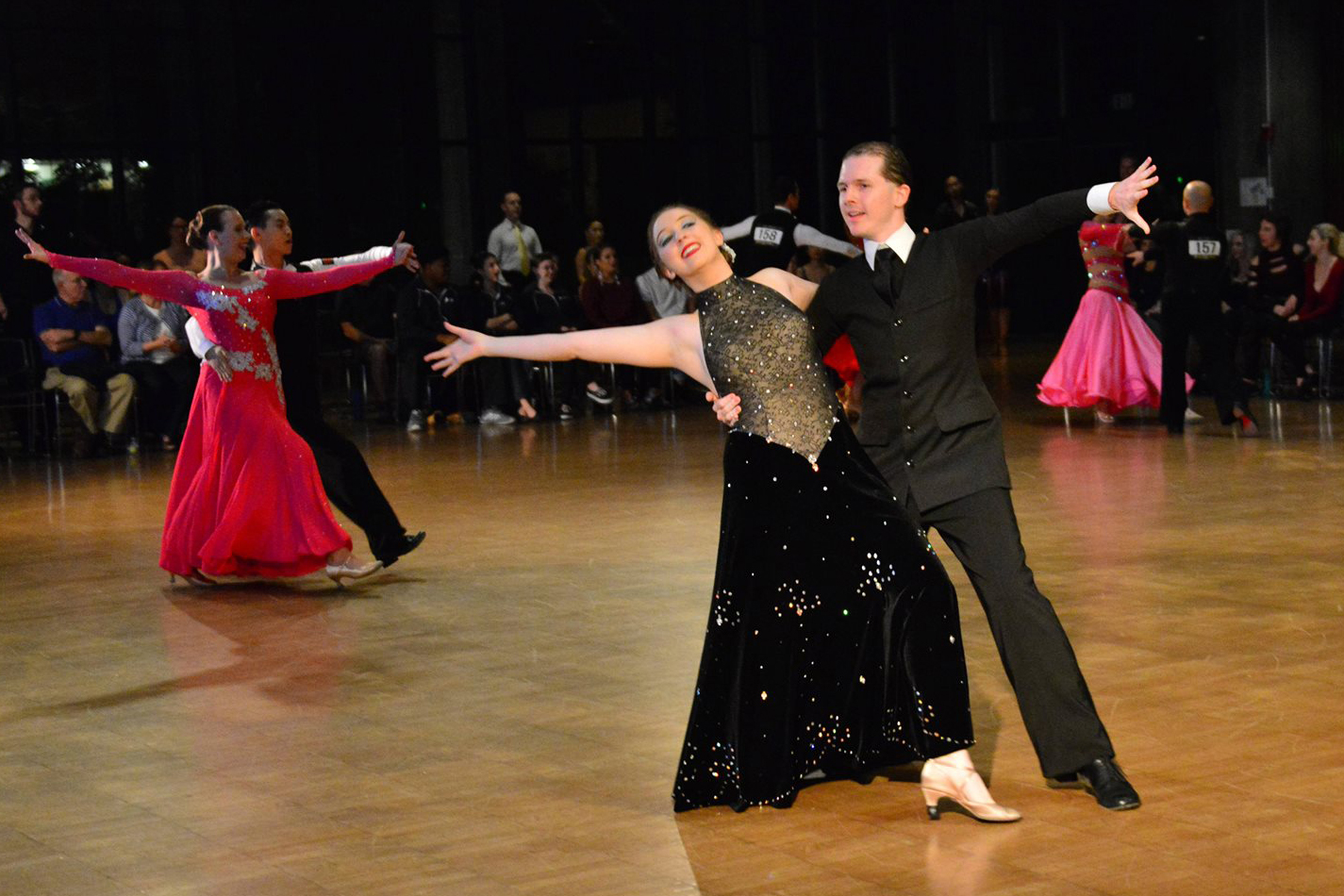Text:
Original Script in Mandarin Characters:
锅你洗了哇? 碗你洗了哇? 脏衣服一抹多, 你都洗了哇?
Pronunciation in Sichuan Dielect, Noted in Mandarin Pinyin:
guō nī xī lě wā? Wān nī xī lě wā? Zāng yī fu yí mō duō, nī dōu xī lě wā?
Transliteration:
You wash the wok? You wash the bowl? Dirty clothes so many, you finish washing?
Translation:
Have you washed the wok? Have you cleaned the dishes? Have you done the laundry?
Context:
The informant is a 24-year-old female who currently studies in the United Kingdom, and was born and raised in Chengdu (the capital of Sichuan province). Sichuan dialect is her first language. Like other Sichuan families, the informant’s family used to have their TV on at dinnertime around 7 to 8 PM, when the local channel plays a TV series called The Happy Henpecked (“幸福的耙耳朵”, “耙耳朵” means soft ears and specifically refers to henpecked husbands in Sichuan dialect). The informant first learned the aforementioned rhyme as the first few lines from a rap at the beginning of the series’ opening theme music. As the TV series and its theme music grew popular among Sichuan people, the rhyme became an identity marker of Sichuan people who have seen this widely-known TV series due to its catchiness and somewhat accurate depiction of the Sichuan domestic life.
Analysis:
Henpecked husband is a Sichuan stereotype that is not only recognized locally, but also transforms into a joke across mainland China. Known for their fiery temper, Sichuan wives are portrayed as the dominant “head of the family” in Chinese mainstream media. The Happy Henpecked is a comedy that depicts Sichuan domestic life in a humorous way, and the content of the aforementioned rhyme communicates exactly what to expect from a dialogue between the series’ protagonists, when a “bossy” wife questions her husband how is his progress in doing chores. According to the informant, most Sichuan Gen-Zs and their elder family members likely remember the rhyme because the popularity of the TV series has made it Sichuan’s cultural symbol.
Structurally, the rhyme is broken into three questions, with the first two questions containing 5 characters each and the last one broken into 2 phrases of 5 characters each. In addition to its rigid structure, the three questions end the same with “洗了哇” (“Have you washed…”) and rhyme together. As for the tones of the endings, they all end with an upward tone which is favored in the way Chinese people usually end a question or a poem.
Rejecting socially constructed gender roles and gender stereotypes, the rhyme portrays a domestic relationship symbolized by a dominant wife and a submissive husband who finishes most chores. Unlike what people oftentimes expect from a piece of folk speech decades ago, the Sichuan henpecked husband stereotype proposes an anti-conservative family dynamic that embodies a relatively new view on gender and domestic life.

